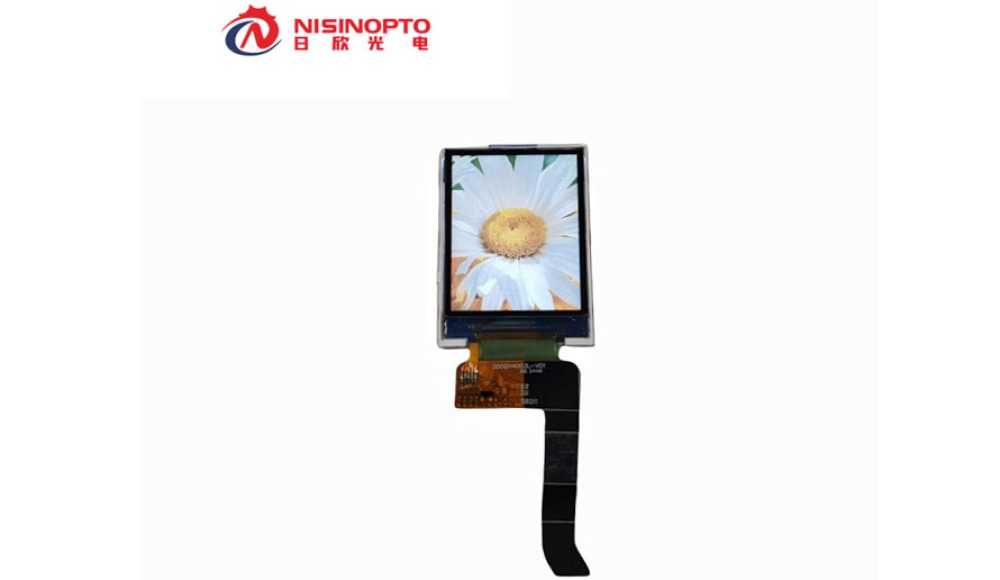A TFT LCD touch screen module is a vital component in many modern devices, from smartphones and tablets to industrial control panels and medical equipment. While these displays are designed for durability, improper use and environmental factors can shorten their lifespan. So, how can you make sure your display lasts as long as possible? Here’s a detailed guide to help you maintain and protect your TFT LCD touch screen module for years to come.
1. Handle the Screen with Care
A TFT LCD touch screen module is made up of delicate layers, including a liquid crystal display, a touch-sensitive layer, and protective glass. Applying too much pressure or dropping the screen can cause cracks, dead pixels, or malfunctioning touch sensors. To prevent damage:
- Always hold the screen by its edges when installing or replacing it.
- Use a protective case or frame if the display is used in a rugged environment.
- Avoid pressing too hard on the touch surface, especially with sharp objects.
2. Keep It Clean—But the Right Way
Over time, polvo, oil, and fingerprints accumulate on the screen, affecting visibility and touch responsiveness. However, cleaning the screen improperly can do more harm than good. Follow these best practices:
- Use a soft, lint-free microfiber cloth to wipe away dust and smudges.
- If needed, slightly dampen the cloth with water or a screen-safe cleaner. Never spray liquids directly onto the screen.
- Avoid using harsh chemicals, alcohol, or ammonia-based cleaners, as they can damage the touch layer and anti-glare coatings.
Regular cleaning not only improves the screen’s appearance but also helps maintain touch accuracy.
3. Protect the Display from Extreme Temperatures
Temperature fluctuations can have a major impact on the performance and longevity of a TFT LCD touch screen module.
- Heat exposure can cause the liquid crystals inside the screen to degrade, leading to discoloration or permanent damage.
- Cold temperatures can slow down the screen’s response time and cause the display to appear sluggish.
To protect your display:
- Keep it within the operating temperature range recommended by the TFT LCD display manufacturer.
- If used outdoors, consider using a temperature-controlled enclosure.
- Avoid leaving devices with TFT LCD touch screen modules in hot cars or near heat sources.
4. Minimize Direct Sunlight and UV Exposure
If your TFT LCD touch screen module is exposed to direct sunlight for long periods, the screen’s brightness, contraste, and color quality may degrade over time. Ultraviolet (UV) rays can break down the liquid crystal structure and cause permanent fading. To reduce this risk:
- Use an anti-glare or UV-resistant screen protector.
- Position indoor displays away from direct sunlight.
- If using the display outdoors, choose a TFT LCD display manufacturer that offers high-brightness and UV-resistant screens.
5. Ensure a Stable and Clean Power Supply
Voltage fluctuations and power surges can damage the sensitive electronics inside a TFT LCD touch screen module. To prevent this:
- Always use a high-quality power adapter that matches the voltage requirements specified by the TFT LCD display factory.
- Use surge protectors to shield the display from unexpected voltage spikes.
- If integrating the screen into an industrial system, ensure the power supply is stable and properly grounded.
A well-regulated power source can significantly extend the lifespan of your display.
6. Prevent Moisture and Static Damage
Moisture and electrostatic discharge (ESD) are two major threats to the longevity of a TFT LCD touch screen module.
- Humidity and condensation can lead to internal corrosion, short circuits, and screen malfunctions. If your display is used in a humid environment, consider using a waterproof enclosure.
- Static electricity can damage sensitive electronic components. Always handle the display in an electrostatic discharge-safe environment, especially when assembling or repairing it.
By keeping the display dry and static-free, you can avoid unnecessary repairs and replacements.
7. Update Software and Optimize Settings
Many modern TFT LCD touch screen modules rely on firmware and software to function efficiently. Keeping your display’s software updated can help:
- Improve touch accuracy and responsiveness.
- Enhance power efficiency to reduce long-term wear on the screen.
- Fix potential bugs that may affect display performance.
Additionally, adjusting display settings can prevent unnecessary strain:
- Reduce brightness when maximum brightness is not needed to extend the life of the LED backlight.
- Enable power-saving modes when the display is not in use.
8. Choose a High-Quality TFT LCD Display Manufacturer
Not all TFT LCD touch screen modules are built the same. Some manufacturers use superior materials and more advanced production techniques, resulting in displays that last longer and perform better. When selecting a display, consider:
- The reputation of the TFT LCD display manufacturer.
- The quality control and testing procedures used in the TFT LCD display factory.
- Whether the display includes features like reinforced glass, anti-glare coatings, or enhanced temperature resistance.
Investing in a high-quality display from a reliable manufacturer ensures a longer lifespan and fewer issues down the road.
Resumen:
A TFT LCD touch screen module is a critical component in many applications, and with proper care, it can provide years of reliable performance. By handling the screen carefully, keeping it clean, protecting it from extreme conditions, and ensuring a stable power supply, you can significantly extend its lifespan. Additionally, choosing a TFT LCD display manufacturer known for quality and reliability will help you get the best performance from your display. Taking these proactive steps not only preserves your screen’s functionality but also saves you money on replacements and repairs in the long run.




